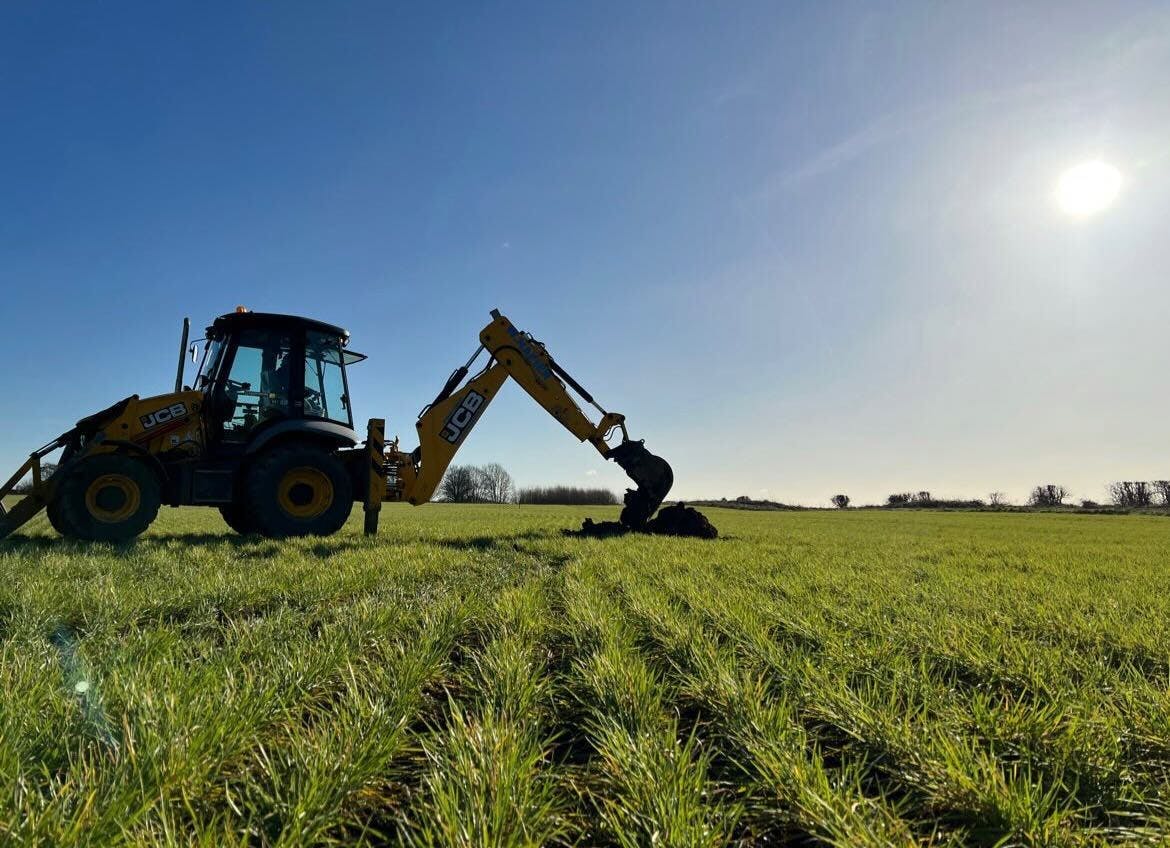The future challenges of embracing sustainability
Climate change is an issue that affects us all. However, some would say that it affects those in the engineering/construction industry more than others, with its effects creating new challenges around existing and future projects. Rising water levels, increasing natural disasters, struggling drainage systems; all of these are reason enough to embrace sustainability. But what challenges do we face where that’s concerned?
Future proofing designs
Before we understood global warming as we do now, there was much less thought put into the sustainability of the design of a home. And unfortunately, we’re now paying for that. The Committee for Climate Change highlights Britain’s 28 million existing homes are responsible for around 15% of the UK’s carbon emissions.
When you consider that just half of British homes meet insulation standards set in the 1970s, it’s clear to see why the housing stock is so energy inefficient.
In order to properly combat this, we must strike in two ways. First, we must tackle the existing homes to bring them up to current standards and retrofit them with low carbon efficiency measures. Second, we must ensure that this same problem doesn’t creep back up again later down the line with the houses we’re building now.
We must concentrate on building with sustainability in mind, and build to Future Homes Standards with EPC ratings of A and either low or zero carbon.
The challenge in this comes from resources. We must not only have the budget, time and manpower to retrofit existing homes, but also the materials and buy-in from clients and government to ensure new homes are built to the highest standards.
Commitment and collaboration
Buy-in is an important part of the sustainability journey. While there may always be nay-sayers, the majority of people now do understand the importance of the climate crisis, very few have an in-depth understanding into how we can start to tackle it, especially on a personal, day-to-day level.
We may think of the climate emergency as embodied carbon, but there’s a lot more to sustainability than just emissions. Really getting to grips with everything it embodies is a great place to start in understanding the difference we can make.
And once we do come up with ways to be more sustainable? We should share them. For some reason, there’s still a large element of competitiveness and gatekeeping to sustainability. People are so focused on how they themselves can become more sustainable that it becomes somewhat of a contest. If you need any evidence of this, you only have to see how many different carbon calculator tools are available to see the mass duplication of effort that could’ve been avoided, and the time spent on new innovation.
Instead, we should be looking outwards more and remembering that we have one common goal. Collaborating is the only way we’ll really reach our sustainability goals and so we must overcome our competitive nature if we’re to be successful.
Investing in innovation
It was Einstein who said that “Insanity is doing the same thing over and over and expecting different results”. The construction industry is certainly a traditional one, but to keep doing things in the same way and hoping to tackle climate change is just not realistic.
In order to become more sustainable and reach net zero as per the government’s 2050 deadline, we must focus on innovation and find new ways to do things. Modern methods of construction (MMC) will undoubtedly play a big role in this and it’s our job as engineers to find new problems to offer MMC as a solution to.
